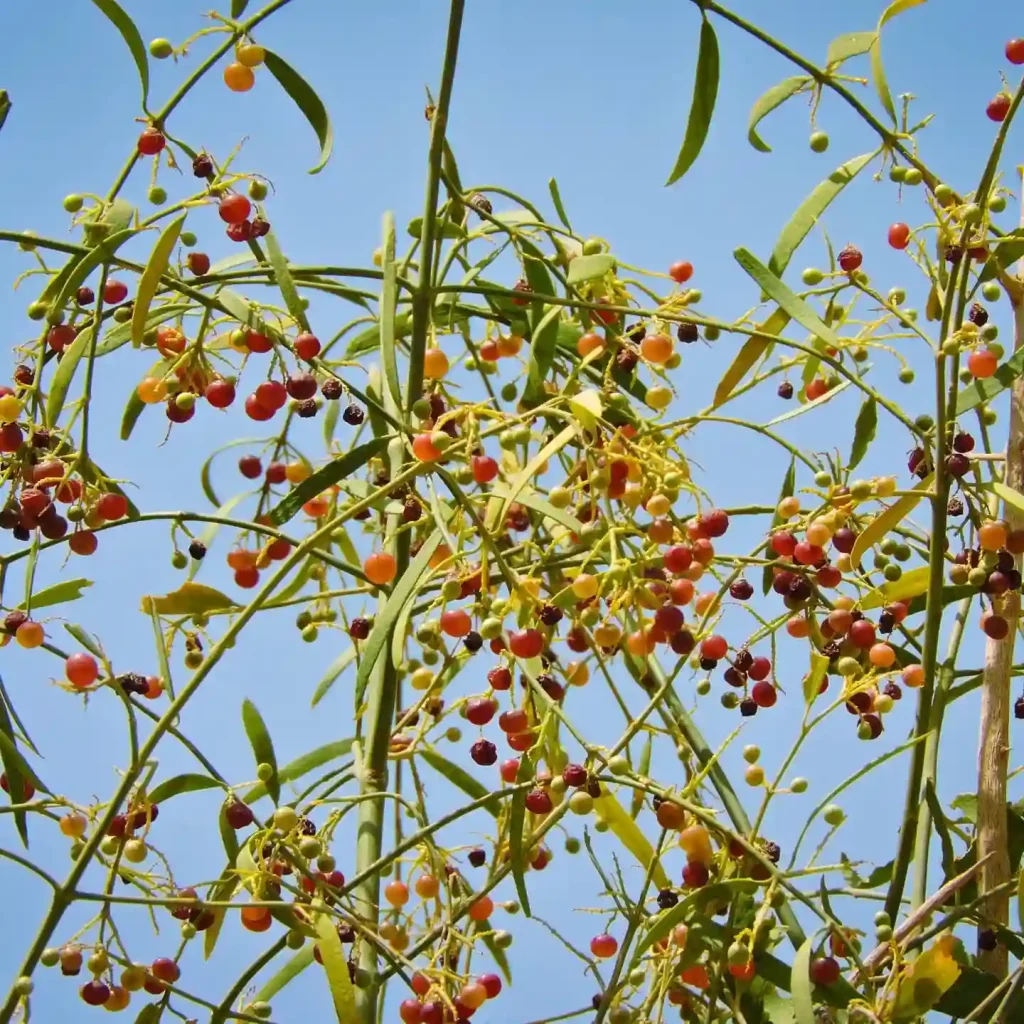FAQs About Ipomoea Triloba: A Personal Guide
I’ve been growing Ipomoea Triloba for a while now, and I’ve come across quite a few questions about this fascinating plant. Here’s a comprehensive guide based on my experiences and research.
637 Species in Genus Ipomoea
What is Ipomoea Triloba?
Ipomoea Triloba, commonly known as the Three-Lobed Morning Glory, is a fast-growing, climbing vine that belongs to the Convolvulaceae family. It is native to tropical and subtropical regions, where it thrives in warm climates. The plant features distinctive, three-lobed leaves and beautiful, funnel-shaped flowers that can vary in color from white to pink. It’s often admired for its vigorous growth and ornamental appeal.
How to Care for Ipomoea Triloba?
Caring for Ipomoea Triloba is relatively straightforward. Here’s a breakdown of what I’ve found works best:
- Sunlight: This plant thrives in full sun but can tolerate partial shade. For the best flowering, aim for at least 6 hours of direct sunlight daily.
- Soil: Well-drained soil is crucial. I recommend a mix of potting soil and sand or perlite to ensure proper drainage. Avoid waterlogged soil as it can lead to root rot.
- Watering: Keep the soil consistently moist but not soggy. During the hotter months, I water it more frequently, but I ensure the soil dries out slightly between waterings.
- Fertilizing: A balanced, all-purpose fertilizer applied once a month during the growing season helps promote lush growth and abundant blooms. I use a 10-10-10 fertilizer, but you can choose based on your plant’s needs.
- Pruning: Regular pruning helps manage the plant’s size and encourages more blooms. I usually trim it back in early spring to remove any dead or damaged growth.
How to Propagate Ipomoea Triloba?
Propagation of Ipomoea Triloba can be done through seeds or cuttings. Here’s how I do it:
- Seeds: Sow the seeds in spring after the last frost. I plant them in a seed-starting mix and keep them moist. They usually germinate in 2-3 weeks. Transplant the seedlings once they are a few inches tall and have developed a couple of sets of leaves.
- Cuttings: Take 4-6 inch cuttings from a healthy plant in late spring or summer. Remove the lower leaves and dip the cut end in rooting hormone. Plant the cutting in a pot with well-drained soil and keep it moist. Roots should develop in 3-4 weeks.
What to Plant With Ipomoea Triloba?
Ipomoea Triloba pairs well with various plants. In my garden, I’ve found the following companions enhance its beauty:
- Other Vines: Pairing it with other climbing plants like Clematis or Morning Glories creates a lush, vibrant vertical display.
- Ground Covers: Planting low-growing ground covers such as Creeping Jenny or Sweet Potato Vine at the base adds depth and texture.
- Flowers: It looks great alongside flowering plants like Zinnias or Marigolds. The contrast between the colorful flowers and the delicate blooms of Ipomoea Triloba creates a striking visual effect.
Is Ipomoea Triloba Toxic?
Ipomoea Triloba is not considered toxic to humans or pets. However, as with any plant, it’s wise to keep it out of reach of small children and pets to prevent accidental ingestion, which could cause mild gastrointestinal discomfort.
Benefits of Growing Ipomoea Triloba
I’ve enjoyed several benefits from growing Ipomoea Triloba:
- Aesthetic Appeal: Its vibrant flowers and lush foliage make it an excellent choice for adding color and interest to trellises, fences, or arbors.
- Rapid Growth: It quickly covers unsightly structures or bare spots in the garden, providing immediate visual impact.
- Pollinator Friendly: The flowers attract bees, butterflies, and hummingbirds, contributing to a healthy garden ecosystem.
Common Problems with Ipomoea Triloba
While Ipomoea Triloba is generally hardy, it can face a few issues:
- Pests: Aphids and spider mites sometimes target this plant. Regularly inspecting the plant and using insecticidal soap or neem oil helps keep pests at bay.
- Disease: Powdery mildew can occasionally appear, particularly in humid conditions. Ensuring proper air circulation and avoiding overhead watering can help prevent this issue.
Comparing Ipomoea Triloba with Similar Plants
Ipomoea Triloba is often confused with other morning glories. Here’s a quick comparison:
- Ipomoea Purpurea (Common Morning Glory): Unlike Ipomoea Triloba, which has three-lobed leaves, Ipomoea Purpurea has heart-shaped leaves. It also tends to have larger flowers in shades of blue, purple, or white.
- Ipomoea Nil (Japanese Morning Glory): This plant has a more compact growth habit compared to the vigorous Ipomoea Triloba. Its flowers are typically smaller and come in a wider range of colors.
In conclusion, Ipomoea Triloba is a wonderful addition to any garden, thanks to its striking appearance and ease of care. Whether you’re using it to beautify a trellis or attract pollinators, it’s a versatile plant that offers plenty of rewards with minimal fuss.
If i die, water my plants!



